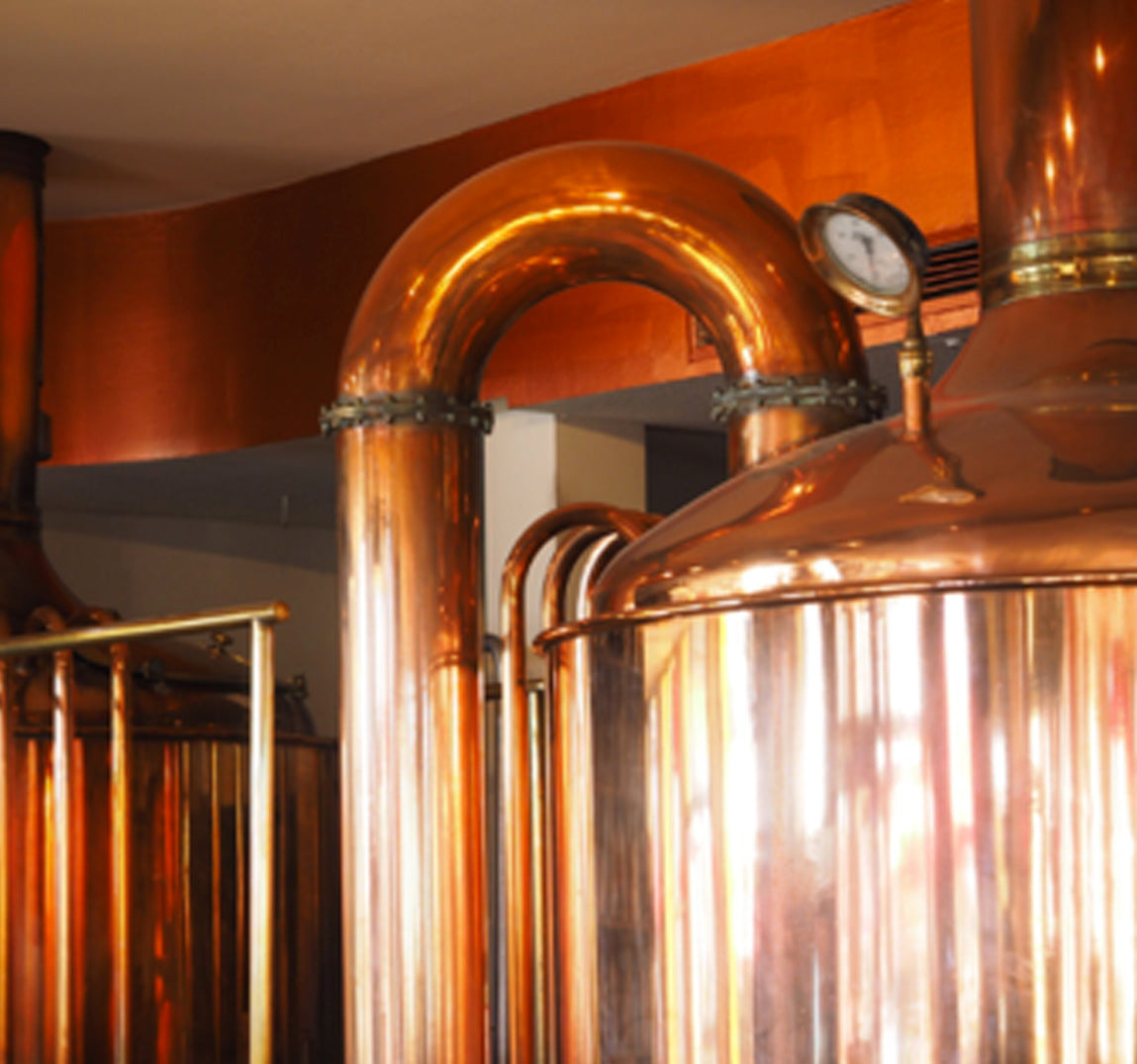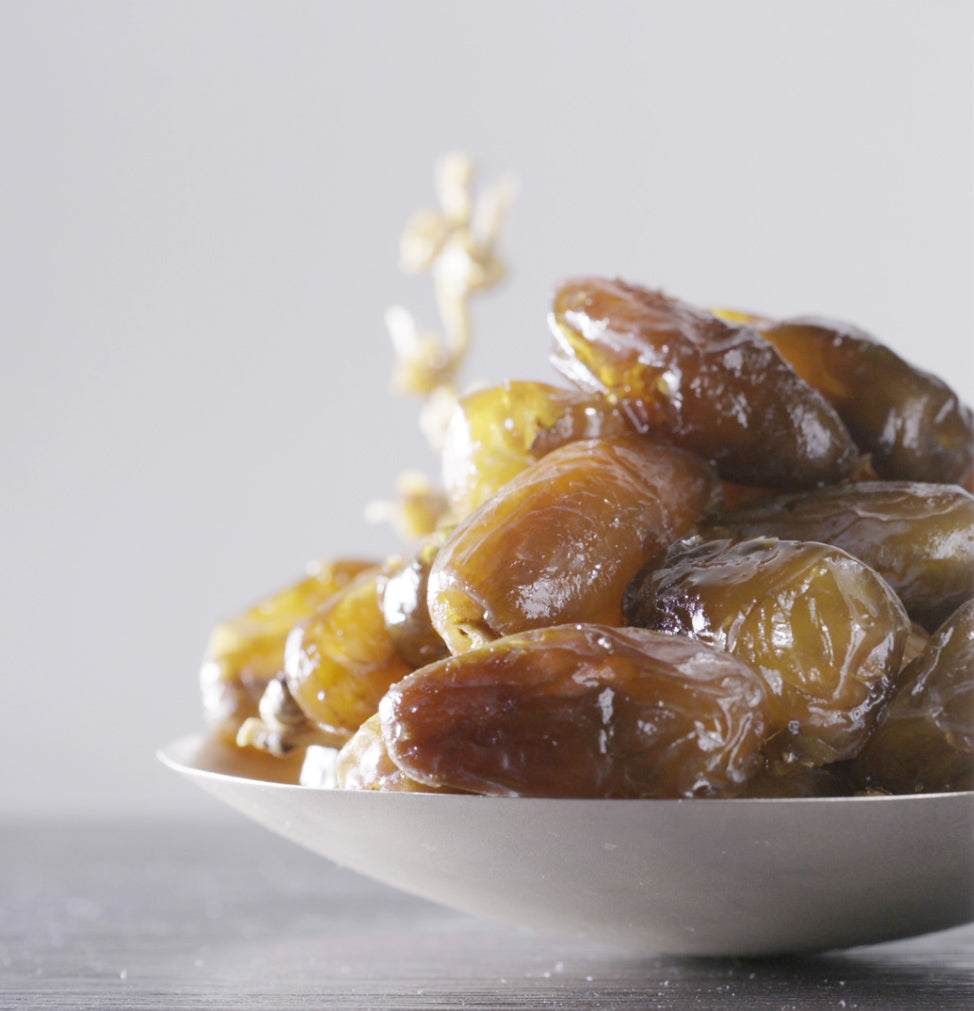
Essential oils, a heritage story
They delight the heart and the senses and beyond these pleasures, they exert a real therapeutic and beneficial action on the body, the skin and the spirit. So who are these little wonders?
The essential oil is the scent of plants, it is stored in the secretory organs: flower, leaf, stem, bark, root, etc. It is all the volatile substances present in aromatic plants. They are very powerful substances because they are extremely concentrated.
How to extract these oils?
The way an essential oil is obtained depends on the secretory organ, it can be extracted:
- by steam distillation: by passing through the secretory organ, the steam entrains the aromatic molecule. After the cooling process, a first liquid phase is obtained on the surface, this is the essential oil, and below an aqueous solution, containing a much lower content of active ingredients, this is the aromatic hydrolate.
- by cold pressing: this method is used for citrus fruits. The pressure results in an emulsion of water and essential oil which undergoes centrifugation and then filtration to recover the essential oil from the citrus fruit called "essence".
- by volatile solvents (or enfleurage): This process consists of dissolving the odorous material in a solvent such as hexane or ethanol. These solvents are then almost… removed by distillation. The essential oil obtained is often called "absolute". It is used in particular to extract essential oil from plant organs that cannot stand heat (such as jasmine or hyacinth).
In recent years, we have witnessed the development of new technologies which in particular have ecological advantages but which still require too costly an investment in equipment. This is the case with carbon dioxide (CO2) extraction, which is particularly suitable for the extraction of fragile essential oils that require a low temperature.
With what yield and what quality?
It is totally different from plant to plant. To obtain 1 kg of essential oil, you need, for example, 150 kg of true lavender flowers but 1000 kg of bitter orange flowers! which explains the very high price for the latter, fluctuating around 4000 € ... But if the yield affects the price, it is absolutely not the only criterion of impact. Indeed, the quality of the terroir is an important factor since depending on the sunshine, the climate, the composition of the soil, the altitude ..., the same plant can generate very different species at the level of the soil. biochemical composition and therefore very variable biological action. The use of essential oils therefore requires real scientific knowledge, what is called aromatherapy, which has been very trendy in recent years. It is indeed there that is all the art of L'ODAÏTÈS which through its expertise, the heritage of its know-how and the drastic and meticulous choice of its suppliers and its plant substances is able to choose the essential oil steam distilled from the best terroir! This is for example the Cap Bon region in Tunisia for neroli, a reference known and favored by all perfumers and formulators for the perfect balance of its microclimate!


